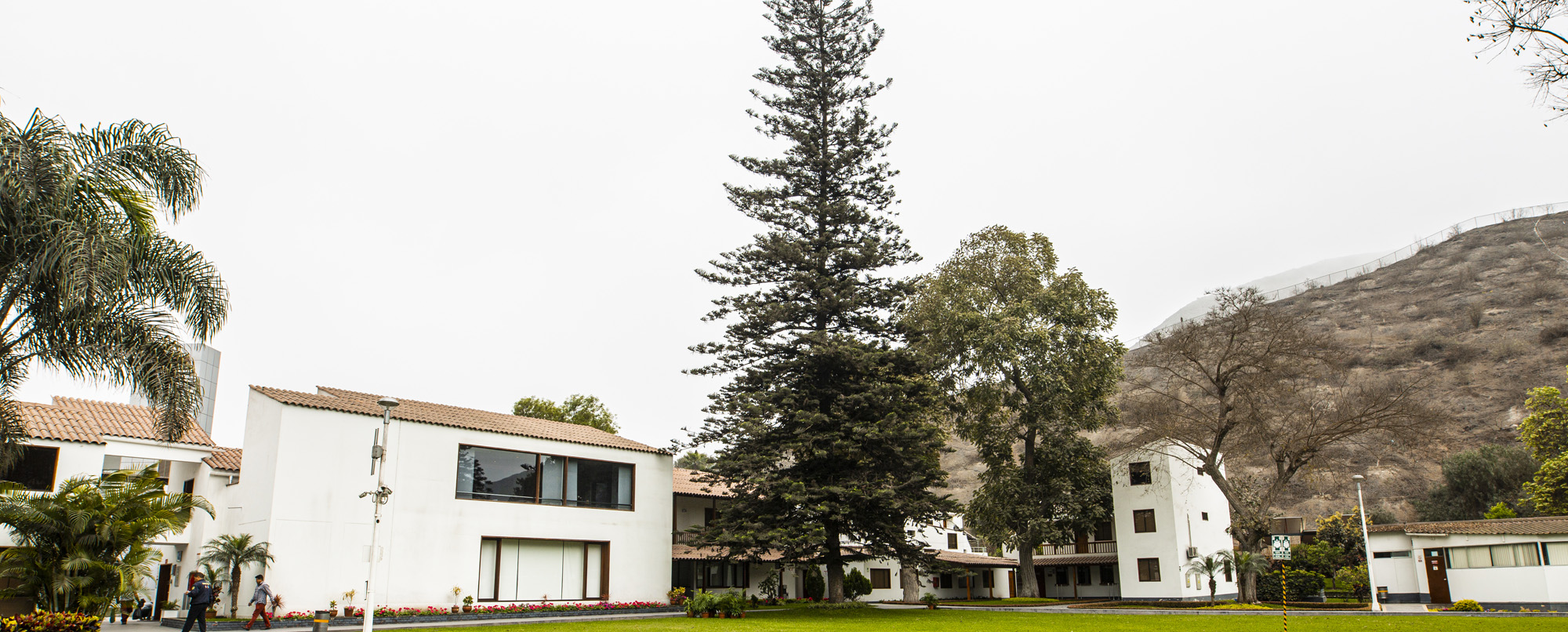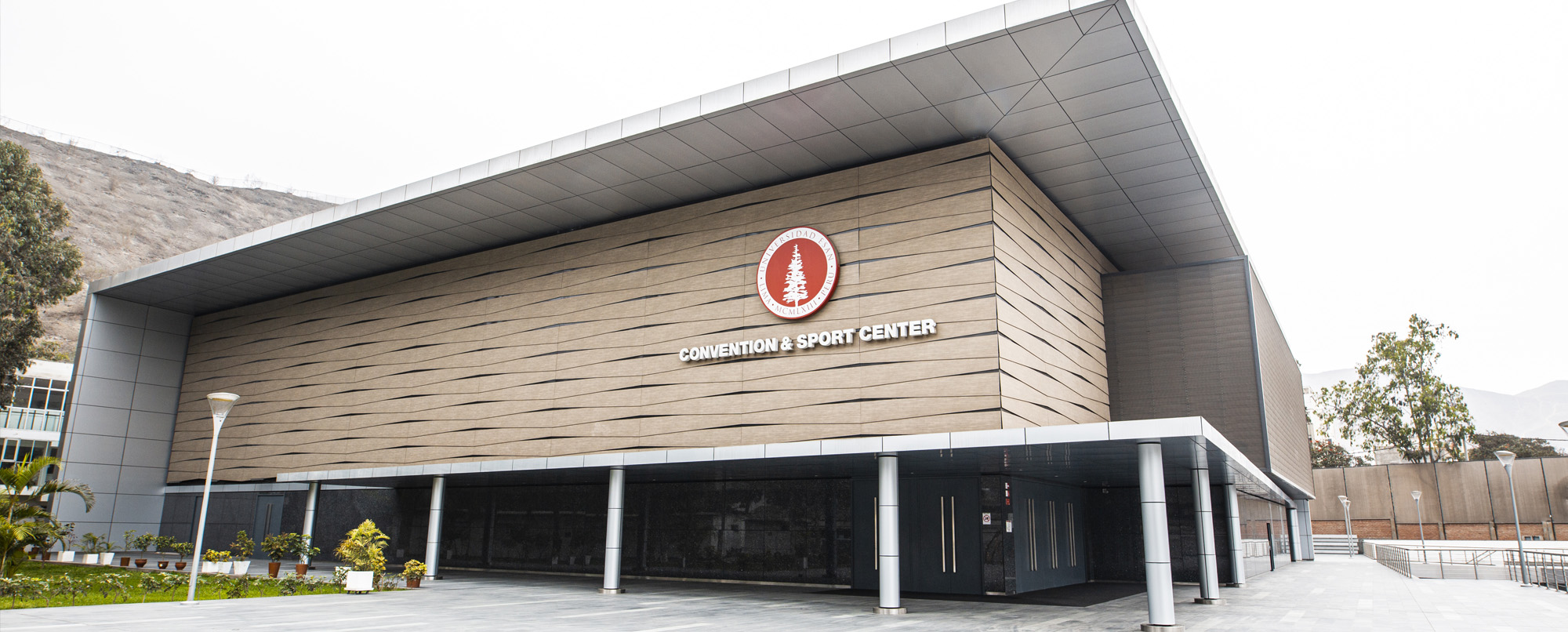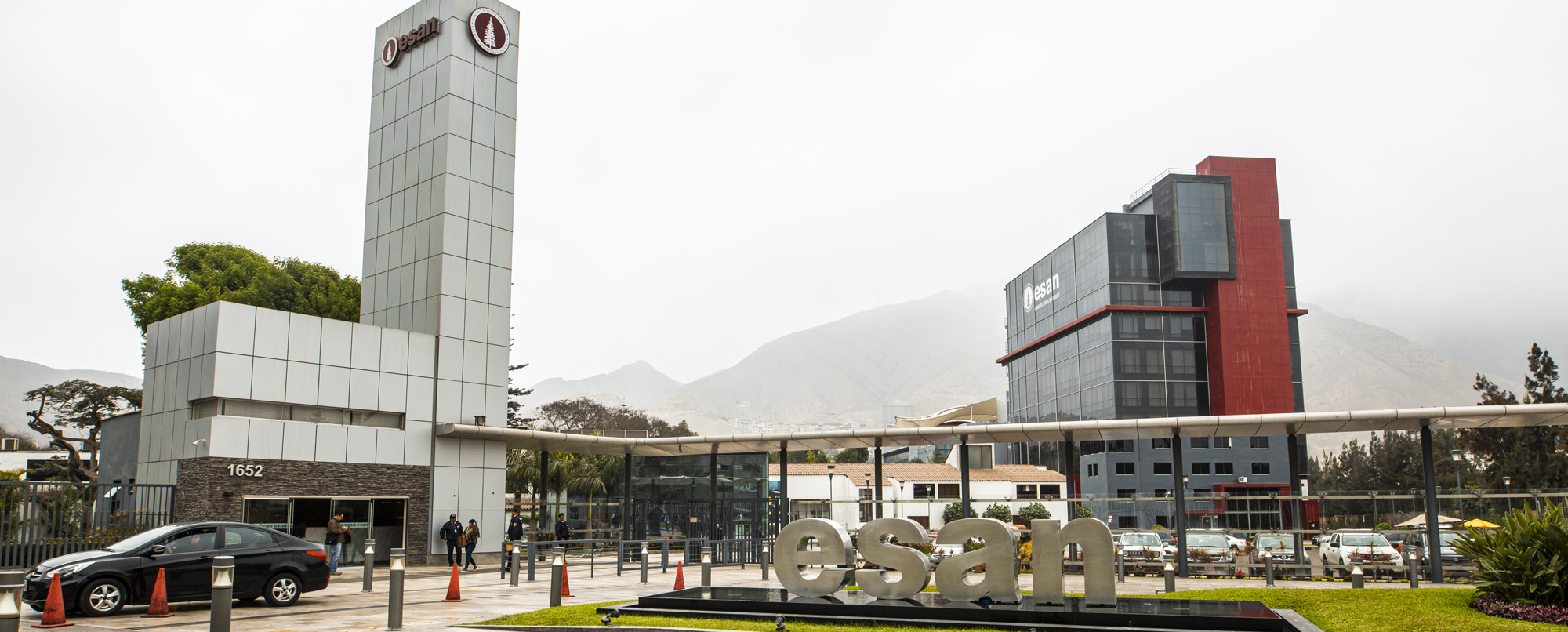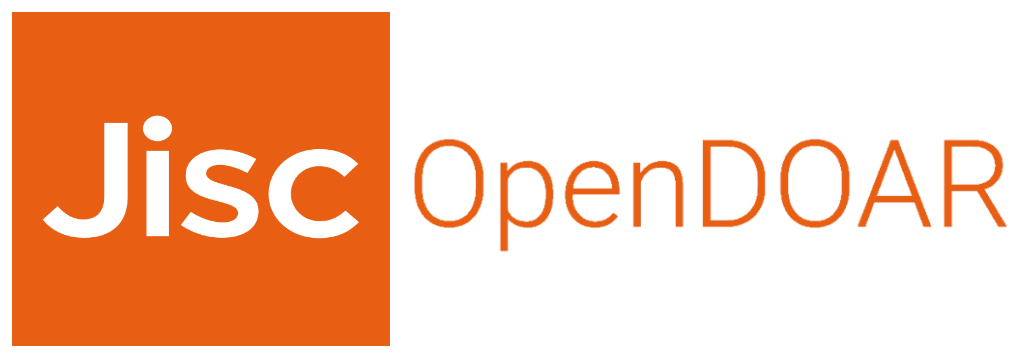







El Repositorio Institucional de la Universidad ESAN tiene como objetivos preservar y difundir el conocimiento académico y científico producido en la universidad bajo los parámetros de acceso abierto
Envíos recientes
listelement.badge.dso-type Ítem , listelement.badge.access-status Acceso Abierto , MEDƎM: Medianas empresas, una ventana para crecer(Universidad Sergio Arboleda, 2025) Eliana Gayá, Romina; Lizarzaburu Bolaños, Edmundo; Guacaneme Pineda, Ramón Eduardo; Madrid Berroterán, Luis Ángel; García Rodríguez, Emilio; Amézquita Zárate, Pascual; Choi Urbano, Hci Lai; Romero Baquero, Carmen AstridEl libro expone la necesidad de diferenciar la Mediana Empresa (identificada como Medem) del concepto más amplio de Pequeña y Mediana Empresa (pyme) en América Latina y el Caribe, para que pueda beneficiarse de políticas públicas específicas. Con ese fin, examina temas como la transformación digital para la internacionalización, los desafíos de acceso al financiamiento en Perú, y la necesidad de un rol estatal como socio de desarrollo ; y la evolución de la clasificación empresarial en Colombia, que respalda la adopción de los conceptos MYPE (micro y pequeña) y Medem.listelement.badge.dso-type Ítem , listelement.badge.access-status Acceso Abierto , Proyecto de pre factibilidad para la creación de una empresa que brinde servicios de inteligencia de negocios y analítica de datos para las entidades prestadoras de servicios de saneamiento(Universidad ESAN, 2025) Sanchez Retuerto, Julio Cesar; Choy Pun, Augusto CarlosEl trabajo de investigación plantea la creación de una empresa con características de “startup” especializada en brindar servicios de Inteligencia de Negocios la cual desarrollará soluciones tecnológicas dirigidas a las Entidades Prestadoras de Servicios de Saneamiento en el Perú. El objetivo es la automatización de procesos operativos para la generación de información y mejorar la toma de decisiones tácticas y estratégicas mediante propuestas de valor centradas en los sistemas de información y la innovación tecnológica con el uso eficiente de los datos. En ese sentido se realizó un diagnóstico del sector, identificando los indicadores de gestión y las brechas existentes en la gestión de la información. La metodología que se utilizó incluye un análisis del macro y micro entorno, el análisis de mercado y el análisis técnico; se desarrolló el modelo de negocio basado en servicios de BI. El resultado evidencia la demanda real de soluciones que permitan la optimización de los procesos, el cumplimiento de las metas de gestión de estas Entidades requeridas por la Superintendencia Nacional de Servicio de Saneamiento. Se concluye que la implementación de esta empresa contribuiría al fortalecimiento de la gestión de las Entidades, ofreciendo soluciones tecnológicas innovadoras y disruptivas adaptadas a las necesidades.listelement.badge.dso-type Ítem , listelement.badge.access-status Acceso Abierto , La influencia del tecnoestrés en la procrastinación laboral: el efecto moderador del trabajo flexible en colaboradores de una empresa de transformación digital de Lima Metropolitana(Universidad ESAN, 2025) Valencia Estrada, Ana Paula; Torres Benllochpiquer, CarlaLa presente investigación tuvo como objetivo de explicar la manera en que el trabajo flexible modera la influencia de los tecnoestresores en la dimensión cyberslacking de la procrastinación laboral de los colaboradores de una empresa de transformación digital de Lima Metropolitana. El enfoque fue cuantitativo y el alcance explicativo. La muestra estuvo conformada por 285 colaboradores. La recolección de los datos se realizó mediante la aplicación virtual del Inventario de Creadores de Tecnoestrés de Tarafdar, et al. (2007), la Procrastination at Work Scale - PAWS elaborada por Metin, Taris y Peters (2019) y el Cuestionario de Trabajo Flexible de Gabini (2017). Los resultados demostraron que la sobrecarga tecnológica, la complejidad tecnológica y la invasión tecnológica influyen de manera positiva en el cyberslacking. Por último, se determinó que el trabajo flexible modera de manera negativa la influencia de los tecnoestresores en el cyberslacking de los colaboradores.listelement.badge.dso-type Ítem , listelement.badge.access-status Acceso Abierto , El Levantamiento del Velo Societario y la desprotección a la responsabilidad limitada de los socios y titulares de empresas en el Perú(Universidad ESAN, 2025) Quijano Mansilla, Norma Natalia; Camacho Zegarra, Maria AugustaBásicamente las empresas se constituyen con la finalidad de satisfacer sus necesidades comerciales y económicas. Sin embargo, algunos socios o titulares por el devenir de la gestión social utilizan la responsabilidad limitada que les otorga la ley, para abstenerse de hacer frente a las deudas de la empresa, evitando así, responder ante actos de fraude a la ley o abuso del derecho. Por ese motivo, el objetivo de este trabajo de tesis es dilucidar, a través de las Fuentes del Derecho, tales como la Ley, la Doctrina, la Jurisprudencia, y los Principios Generales del Derecho; además del Derecho Comparado, y entrevistas a especialistas en materia Societaria, Laboral y Civil; la posibilidad de regular criterios objetivos para la aplicación eficaz de la figura del Levantamiento del Velo Societario en el Perú. A efectos de mantener una protección frente al tercero afectado, pero con la seguridad de que los jueces utilizarán juicios razonables para levantar el velo societario.listelement.badge.dso-type Ítem , listelement.badge.access-status Acceso Abierto , El impacto de la globalización en la desigualdad en el Perú (2000-2022)(Universidad ESAN, 2025) Lambruschini Barbaran, Jimmy Anghello; Franciskovic Ingunza, Jubitza MarianaLa desigualdad es uno de los problemas económicos que afectan en gran manera al desarrollo y la calidad de vida de los habitantes de un país, sobre todo dentro de economías en vías de desarrollo. El desarrollo y el crecimiento que han visto distintas economías durante la segunda mitad del siglo XX hasta hoy, se ve influenciada en gran manera por el desarrollo de las cadenas de suministro globales, que conforma al fenómeno conocido como Globalización. El objetivo de este trabajo es analizar el comportamiento que existe entre estas dos variables, la desigualdad y la globalización, utilizando un modelo econométrico que contenga las variables que conforman el efecto de la globalización, mismas de las que se obtendrá data secundaria de tipo panel para el periodo de 2000-2022. Los resultados obtenidos demuestran que sí existe un efecto perceptible de estas variables sobre la desigualdad; sin embargo, se demuestra que la inversión en el desarrollo y la tecnología de un país es mucho más efectiva para combatir la desigualdad en un contexto globalizado que el crecimiento generado por una mayor apertura de mercado o una mejor integración financiera con otros países.


















